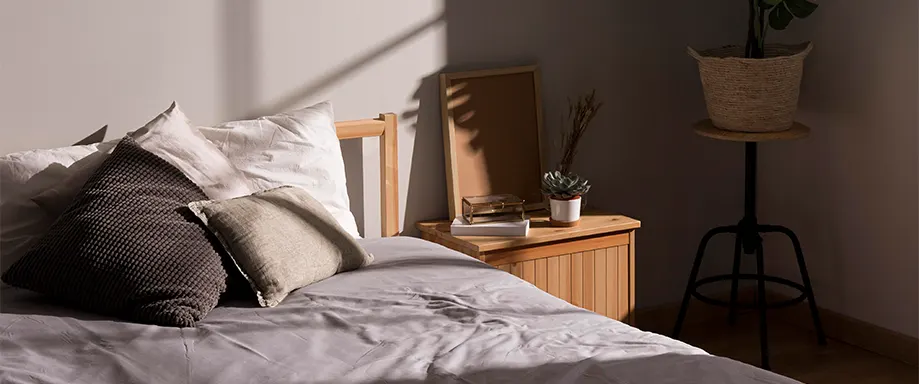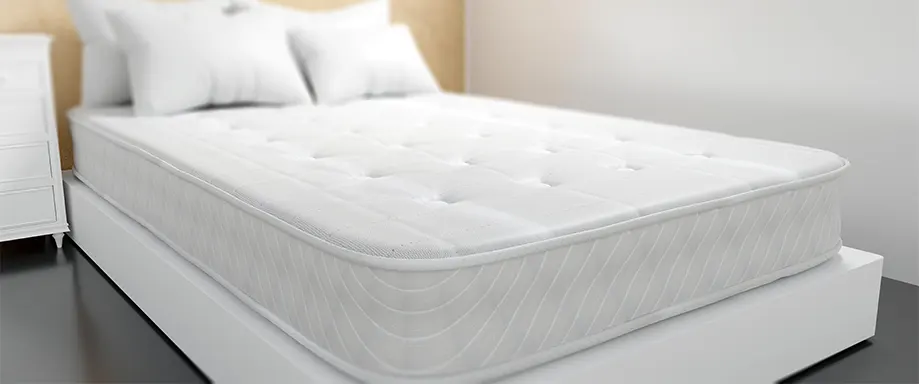What is off gassing?
A new, unwrapped piece of furniture that you buy usually comes with a special smell. It is very similar to the odour of a new car. The reason is the slow release of volatile organic chemicals used during manufacturing process. It is a mix of organic elements that form a compound. These can be paints, water repellent agents, antistatic agents, flame retardants, and other chemical additives can also bring volatile compounds into your home if they are not completely washed out during production from building materials.
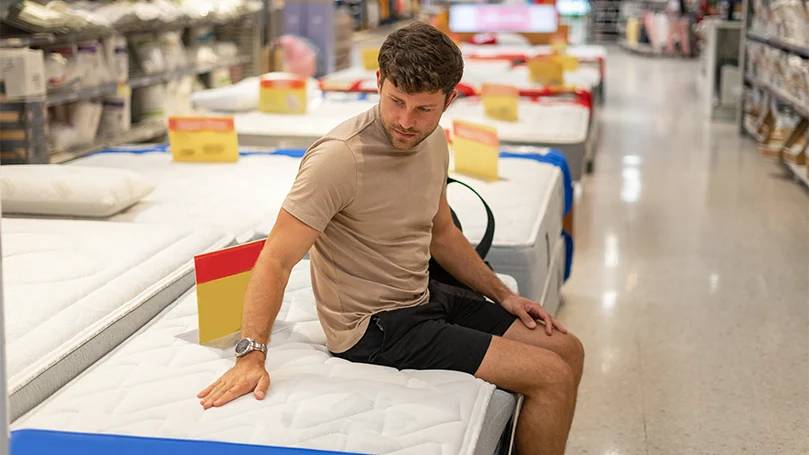
At normal temperatures, they will evaporate quite quickly, and you can find them in different types of cleaning products, beauty products, furniture polishes, paint or cosmetics. There is a way to reduce off-gassing. The chemicals are released at different rates, but all will become invisible between three and 12 months after production. Emissions peak a few weeks after production, and then they gradually decrease.
Related reading:
How to speed up the process of off-gassing?
It is not possible to totally eliminate furniture off-gassing instantly, but you can minimize it. To prevent off-gassing, the only thing you can do is choose hardwood furniture and low-VOC paint. If you want to reduce their impact, you have to increase the ventilation and buy air purifier. The most effective way is to remove VOCs with artificial air purification systems. There are several other proven alternatives.
Keep all windows & doors open
The most efficient ventilation is done by constantly opening all the windows, so that the air can constantly circulate. During the winter months, ventilation is done by occasionally fully opening the windows. It is ideal to carry out so-called cross ventilation. This means that two windows and doors on opposite walls are completely open. In this way, you will change the air in the room in about three minutes.
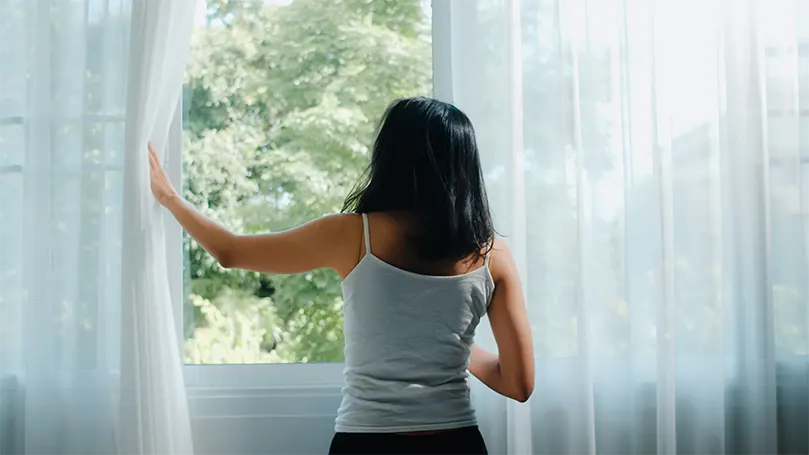
Use directional fans
Directional fans are very useful. Point them towards an open window or door, as this is the only way to increase the air's ability to remove toxins. In this way, you will create a strong air circulation and fresh air intake in the room and speed up off gassing.

Raise the temperature
Most chemical processes occur at a higher temperature. For example, you will have much more success on hot summer days than on cold days. The rate of gas release increases with temperature. So try to direct the fan towards the furniture to accelerate the release of gases or increase the temperature in the room.
Leave the item outside
One of the healthiest ways to stop completely off-gas is to leave new products outside to air out before use. The bigger and emptier the space, the faster the results. If outdoor conditions allow, leave the furniture outside for a week before bringing it into the home.
Run an Ozone machine
You should keep this device on for a minimum of 3 hours and a maximum of 6 hours. The number of hours depends on your needs and the concentration of released gases. For example, if you want to clean the whole house, it is best to turn on the air conditioner. In this case, ventilation openings will help you, because you will disperse ozone better around the house.
Use sealants
You can apply transparent coat or paint and thus block off-gassing. Such products are made for this purpose and are very efficient. It is up to you to choose which one is best in given moment. Maybe primer is better than paint or vice versa.
How to decrease VO concentration?
Control of pollutant accumulation is possible if you completely remove the source or successfully minimize emissions. A prerequisite is increased ventilation or longer airing of the room in order to accelerate the circulation of fresh air. It is preferable to filter VOCs from the air using certain plants or air purification devices.
Improve ventilation
It is desirable that your home has good ventilation, especially the room where the furniture is located. The release of gases into the air will progress over time to the point of saturation. If you don't have good enough ventilation, the air will become toxic and it will take much longer to clean the room completely. So, increase the ventilation to ensure a constant flow of fresh air.
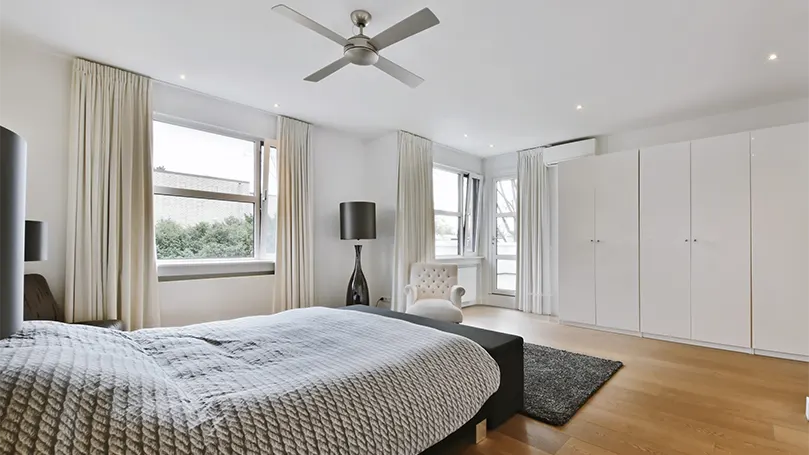
Use HVAC systems to filer VOCs
Make sure your HVAC system or air conditioning is running efficiently. Change the filters regularly to improve indoor air quality, set the thermostat at the right temperature and properly clean the outside unit. This is another way to properly ventilate the room where the gas is being released. Otherwise, the stagnant air will not leave the room as quickly and the gas release process will slow down.
Is off-gassing dangerous to humans?
With furniture made of particle board or plywood, the biggest problem is formaldehyde. These materials contain the highest percentage of formaldehyde, which means that emissions will be drastically lower with solid wood products or with used furniture. Since the home is our safe place, a place of relaxation and rest, it should be free of worrisome chemicals and microbes. They make you sick and irritable, but it all depends on their concentration.
Vapors of organic compounds can aggravate respiratory problems or allergic reactions. They also cause headaches and fatigue which affects the quality of life. During the summer, their performance is even more dangerous, because the temperatures are higher and therefore the off-gassing rate is higher. Newer buildings that are designed to be airtight have the biggest problem. Due to energy saving, air pollutant levels are increased unless the space is properly ventilated. The solution to the problem is high-quality ventilation and accelerating the process of gas evaporation.
Does baking soda help with off gassing?
This product has a special molecular structure and numerous properties that make it necessary for human use, harmless to the environment. If you stir it in water, you will eliminate unpleasant odours from carpets, clothes, and even furniture. Since baking soda is alkaline, it is very effective when combined with an acid like most VOCs. It reacts and binds the acid, and the end result is odour neutralization.
Sprinkle the furniture with soda and leave it on for at least 15 minutes, preferably for 24 hours. For even better results, rub gently with a dry brush so that the soda penetrates the fibers. Then, vacuum up the remaining product. Read the furniture manufacturer's instructions and always test the product on a hidden part of the fabric to make sure it won't remove the paint.
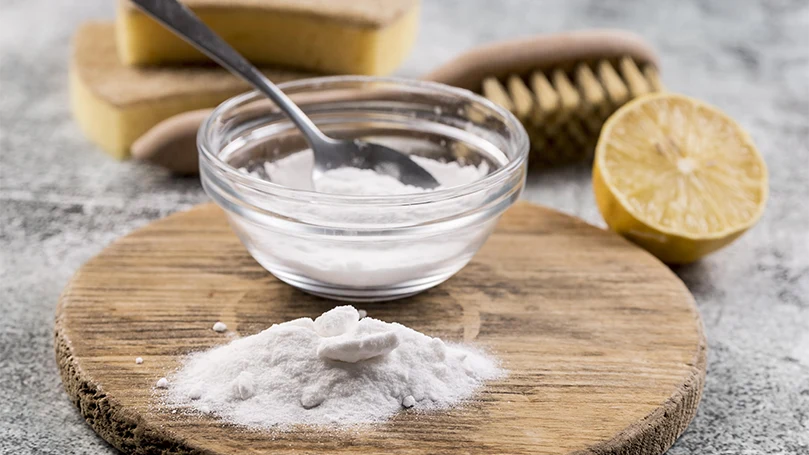
Does vinegar help with off gassing?
Vinegar mixed with water is a universal tool for removing unpleasant odours from different types of fabrics. If you want to take it a step further, boil white vinegar on the stove. After use, ventilate the room well. It is recommended to run the fans for 2 days or more until the smell goes away.
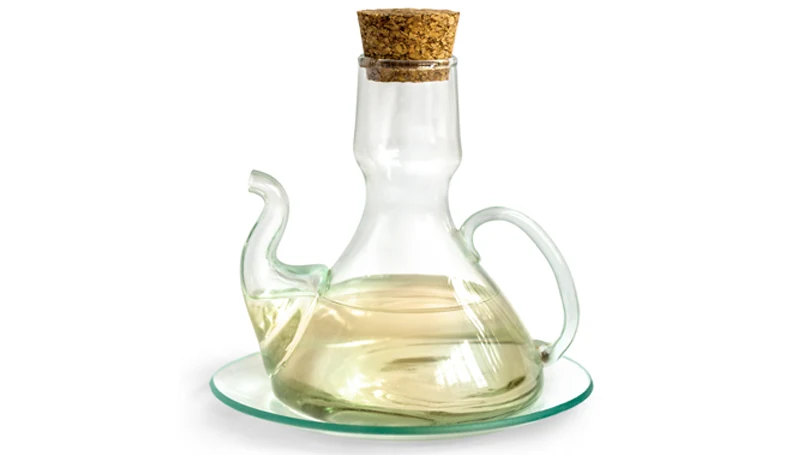
How long does it take for off gassing to disappear?
The intensity of the smell released by the gas varies, as it depends on several factors. For example, different models release a different amount of gas. It also depends on your degassing methods, ventilation and the type of chemicals used in production. The intense smell should disappear after two weeks, but it takes several years for the gas emissions to disappear completely.
Conclusion
The smell of new furniture is caused by chemicals known as volatile organic compounds. This broad group of chemicals includes many that are often used in the manufacture of household products such as paint, vinyl flooring, and pressed wood furniture and evaporate at room temperature. An unpleasant smell can bother you and make you avoid the room where the smell is present. With the right approach, you may be able to eliminate it in less time than expected. The first rule is to choose furniture with low or no volatile substances.

Regular vacuuming may be enough to get rid of any lingering odours. You can sprinkle baking soda on the furniture, let it sit for 24 hours, and then disinfect again. Using a steam cleaner can be helpful, but professional cleaning will be even more effective. Air purifiers are very useful as well and can speed up off-gassing process. Some plants, including Boston fern, spider plant, bamboo palm, and English ivy, can moderate airborne volatiles. It is advisable to take the furniture out into the fresh air and leave it there for a while before using it.

